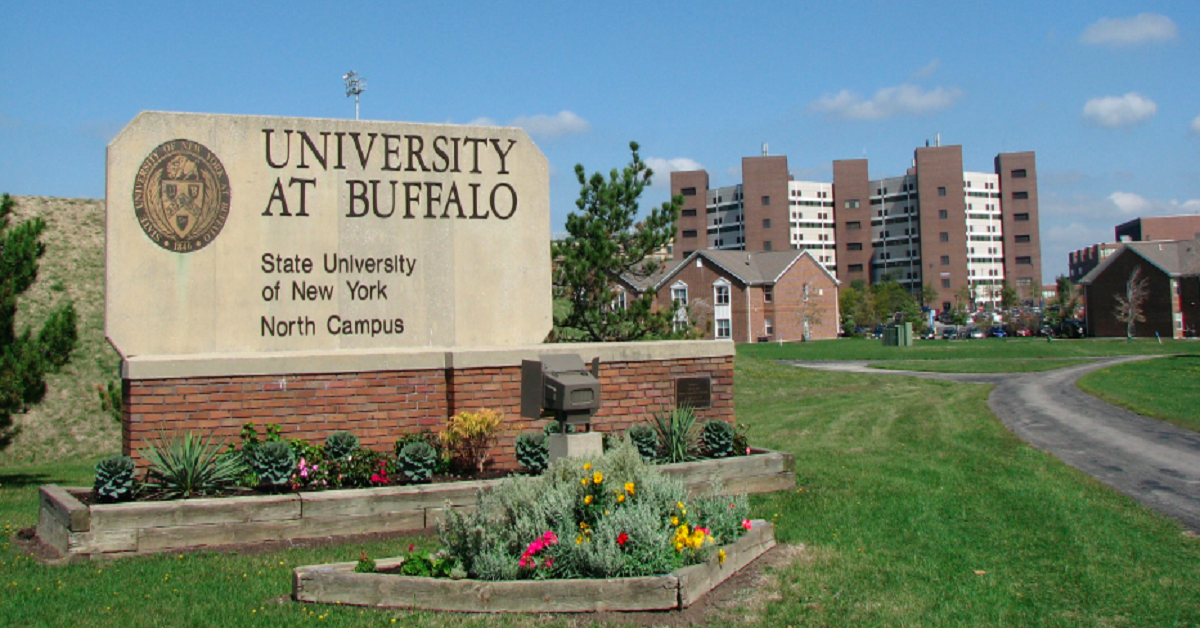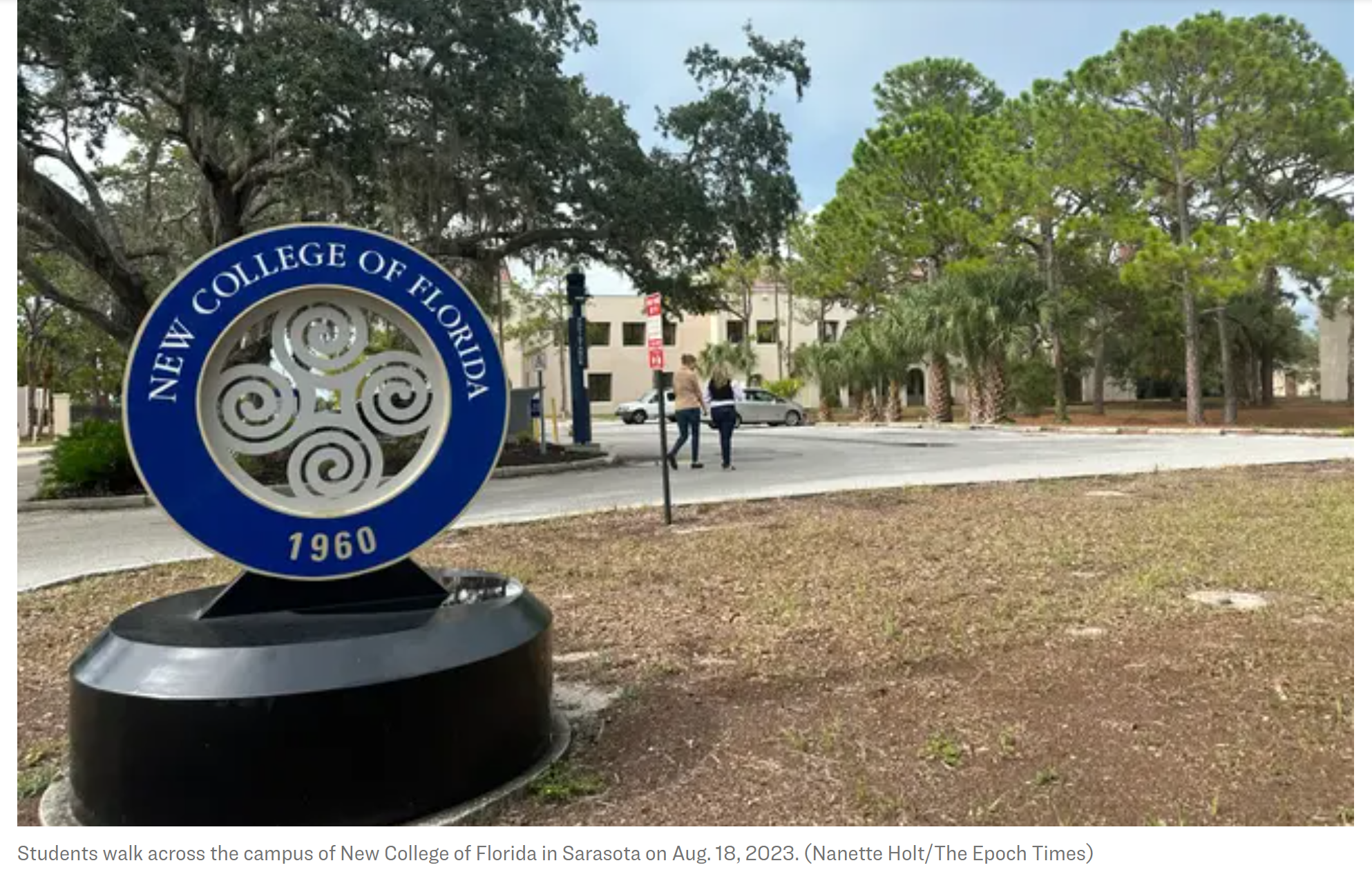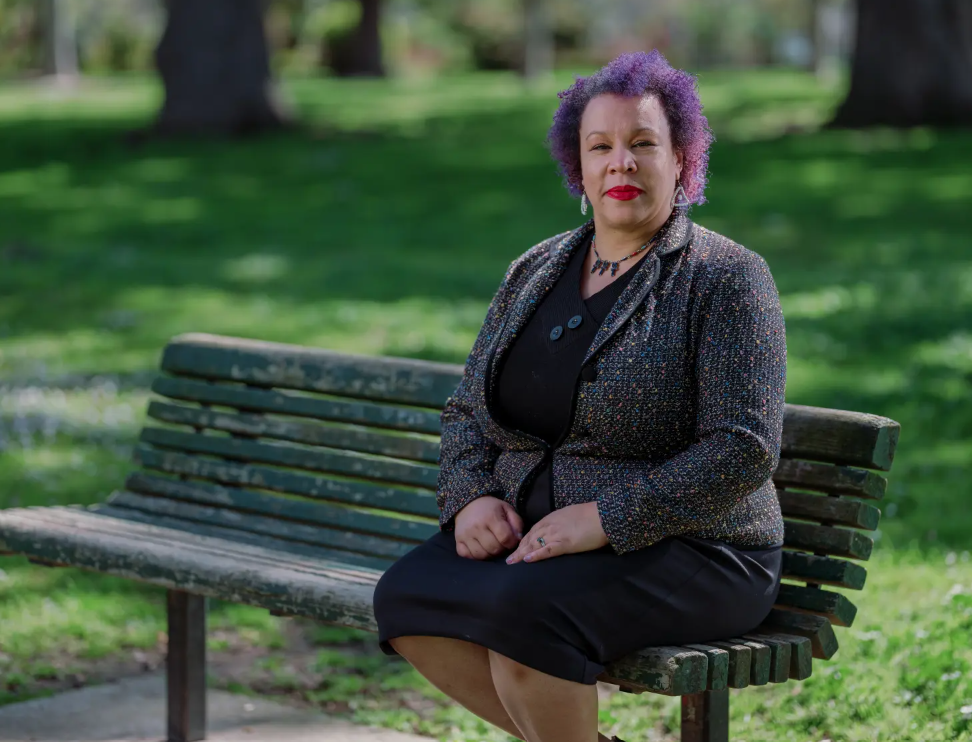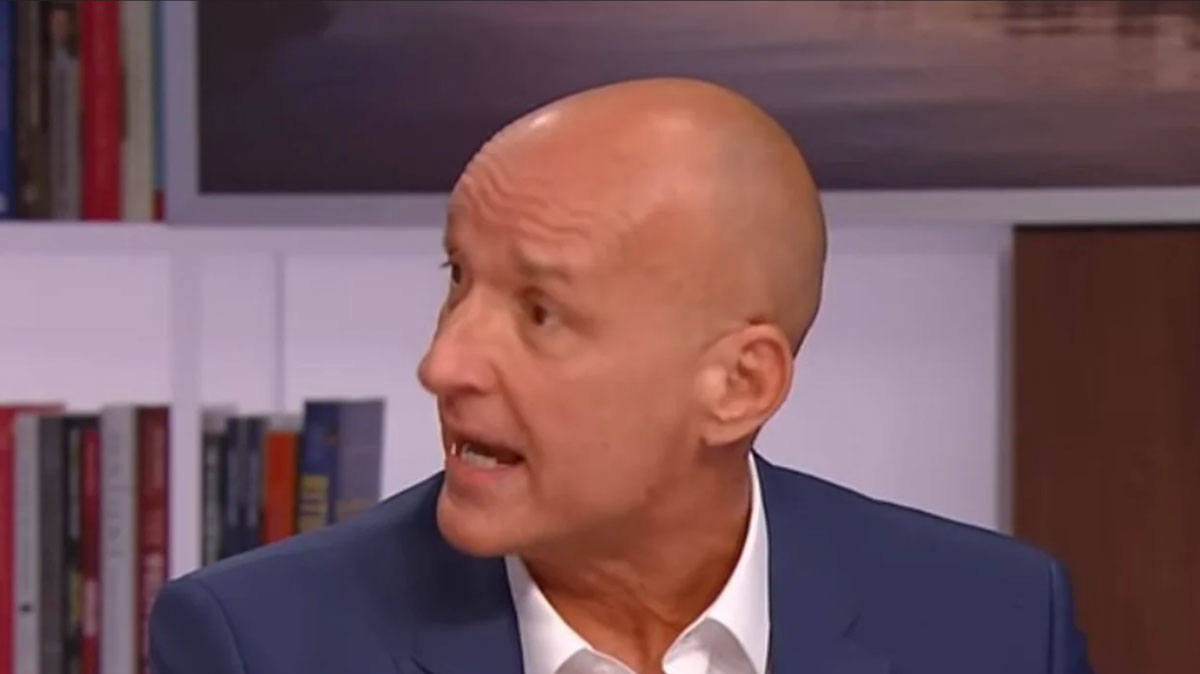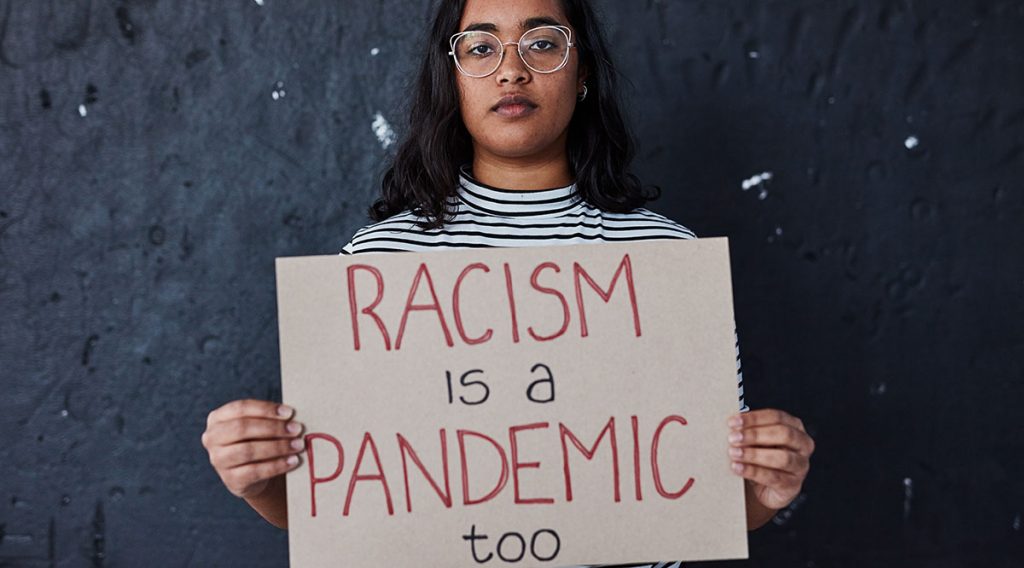Amid nationwide calls for more diversity initiatives at universities, one professor argues that these types of programs fail to address the real issues and ultimately harm minority students.
In a recent interview, Henry Louis Taylor Jr., professor of urban and regional planning at the University of Buffalo, said the focus on “inclusion and diversity” on college campuses has been an excuse to avoid any actual confrontation of race issues. Taylor says that the primary issue of the century is race, and argues that society needs to bring more attention to how different organizations handle issues of race and racism.
He says this should be done by bringing these topics to the forefront.
According to Taylor, universities have “replaced conversations around race with conversations around inclusion and diversity, which shifts the conversation and issue away so that we don’t have to deal with all of those complex issues that are related to grappling and dealing with race.”
Taylor claims that the move toward “inclusion and diversity” at universities “has been nothing more than a smokescreen to marginalize the discussions of race and, in particular, the issues facing African Americans.”
“There are these predominantly white science departments and medical centers that years later still have no or very few black folks or Puerto Ricans,” said Taylor. “And this is one of the reasons the anger is so deep.” Taylor states that as a result of the current situations, people are having their voices be heard by bodies of government. The spread of the coronavirus and the recent protests have us “caught in this kind of purgatory” by showing all “people across the racial divide…the commonalities of pain and misery.”
According to the professor, the coronavirus crisis created the perfect storm for the types of change he believes is necessary.
“COVID-19 has snatched the mask off of America the beautiful, and revealed disfigurement as a characteristic of this country,” said Taylor. “It’s created a common experience of people across the racial divide that allowed them to see the commonalities of pain and misery.
“So we won’t go back to the old world. We have a vision, that’s what they’re talking about — saying that enough is enough,” he explained
Taylor told Campus Reform that certain university diversity efforts have increased enrollment of international students on college campuses, there has been an unnoticed decrease of black students.
“The inclusion and diversity framework, in practice, pushed issues concerning black and brown people to the margin as they became increasingly abstract. In some places, people were even calling for ideological diversity,” Taylor told Campus Reform.
Amid nationwide calls for more diversity initiatives at universities, one professor argues that these types of programs fail to address the real issues and ultimately harm minority students.
In a recent interview, Henry Louis Taylor Jr., professor of urban and regional planning at the University of Buffalo, said the focus on “inclusion and diversity” on college campuses has been an excuse to avoid any actual confrontation of race issues. Taylor says that the primary issue of the century is race, and argues that society needs to bring more attention to how different organizations handle issues of race and racism.
He says this should be done by bringing these topics to the forefront.
According to Taylor, universities have “replaced conversations around race with conversations around inclusion and diversity, which shifts the conversation and issue away so that we don’t have to deal with all of those complex issues that are related to grappling and dealing with race.”
Taylor claims that the move toward “inclusion and diversity” at universities “has been nothing more than a smokescreen to marginalize the discussions of race and, in particular, the issues facing African Americans.”
“There are these predominantly white science departments and medical centers that years later still have no or very few black folks or Puerto Ricans,” said Taylor. “And this is one of the reasons the anger is so deep.” Taylor states that as a result of the current situations, people are having their voices be heard by bodies of government. The spread of the coronavirus and the recent protests have us “caught in this kind of purgatory” by showing all “people across the racial divide…the commonalities of pain and misery.”
According to the professor, the coronavirus crisis created the perfect storm for the types of change he believes is necessary.
“COVID-19 has snatched the mask off of America the beautiful, and revealed disfigurement as a characteristic of this country,” said Taylor. “It’s created a common experience of people across the racial divide that allowed them to see the commonalities of pain and misery.
“So we won’t go back to the old world. We have a vision, that’s what they’re talking about — saying that enough is enough,” he explained
Taylor told Campus Reform that certain university diversity efforts have increased enrollment of international students on college campuses, there has been an unnoticed decrease of black students.
“The inclusion and diversity framework, in practice, pushed issues concerning black and brown people to the margin as they became increasingly abstract. In some places, people were even calling for ideological diversity,” Taylor told Campus Reform.
Taylor added that college campuses’ diversity efforts actually harm the very people they are meant to aid, saying that “the rise of international students made it easier to hide the disappearance of Blacks on college campuses, along with Latinxs.”
“Of course, I support and celebrate international students, but administrators used them to make the campus appear diverse, while black and brown people disappeared,” said Taylor.
“I belong to the inclusion and diversity committees at the university and school levels, and those groups rarely mention race and never champion the cause of African Americans. In this space, all groups are juxtaposed, and no group is viewed as disproportionately treated, nor do the issues of power occur under this banner,” explained Taylor.
“The hard reality is inclusion and diversity had made discussions of racism and anti-racism harder. For these reasons, I advocate recentering race and anti-racism in our conversations and replace inclusion and diversity committees with racial equity committees.”
Source: Campus Reform

